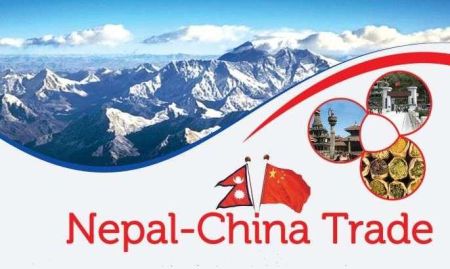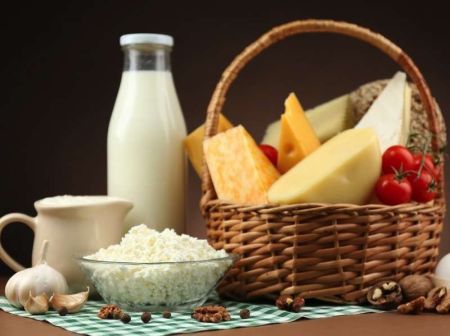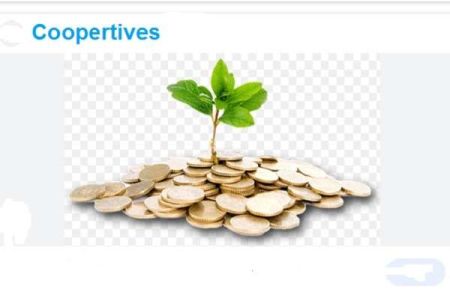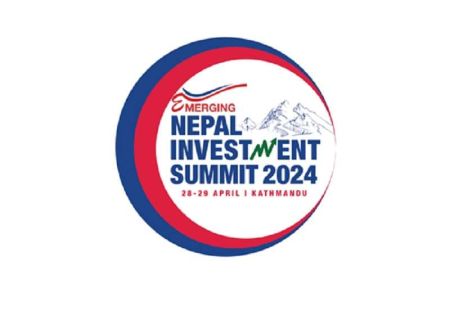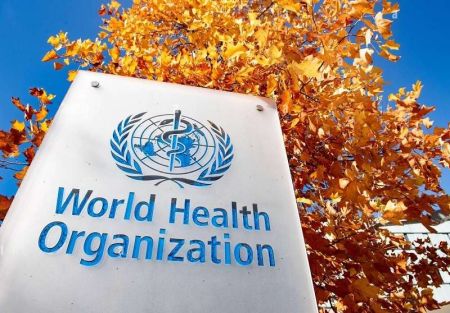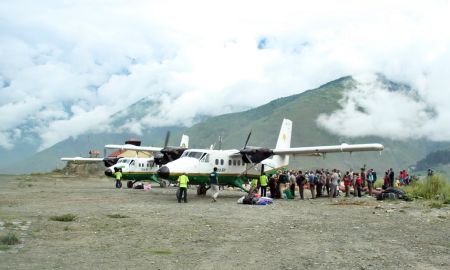Nepal to Achieve Mid-Range Economic Growth: WB
The World Bank has forecasted that Nepal is heading for a mid-range economic growth of 4 - 4.5 per cent in the fiscal year 2014. The major international lender said that with improvements in some macroeconomic indicators, Nepal's economy will continue to recover from last FY's meager 3.6 per cent growth. "Remittance will continue to support service sector growth and aggregate demand," the bank's latest Nepal Development Update report mentions.
Similarly, the bank projected that public spending will pick up sharply in FY 2014, boosting the overall economy. The bank noted political instability as the major obstacle to achieve higher growth trajectory. "Political instability clouded the outlook in FY 2013 and remains the principal source of vulnerability going forward," states the report. "It is time for Nepal to shift its focus from politics to economics," said Johannes Zutt, World Bank Country Director for Nepal and Bangladesh in an interaction programme with journalists during the launch of the report on October 24, “While the political process continues, it is important to focus on economic and development prospects."
He mentioned that Nepal's current economic growth is not high enough to reduce poverty. "Nepal should achieve GDP growth of 7 - 9 per cent for sustainable economic growth," Zutt stressed.
Despite the mid-range growth rate, the bank pointed out bottlenecks in access to modern energy, transportation and financial sector as hindrances to achieve higher growth trajectory. Regarding the recent foreign exchange rate volatility, the bank expressed that the depreciation of rupee should be taken as a cause for concern not as panic. "Fears of serious negative economic consequences are mostly exaggerated, although some specific groups and sectors of the economy might lose out," states the report. The bank suggested that Nepal should maintain the existing currency rate peg between Nepali rupee (NPR) and Indian rupee (INR). "Given the significant integration of the Nepali and Indian economies, the peg makes a lot of sense, any adjustment to the peg would sharply disturb the flow of goods and capital between the two countries by adding significant uncertainty to trans-border transaction," the report adds.
Presenting the report, Aureilien Kruse, the Senior Country Economist at the World Bank's Nepal office termed rupee depreciation as an 'alignment' as it had appreciated above target levels. Kruse said that while the currency depreciation has pushed up Nepal's import bills and led to a rise in inflation rate, there are other benefitting factors too. "A depreciated rupee can be translated into stronger incomes from remittances and exports," he said. Though the bank didn't present any exact figure, Kruse projected the inflation in Nepal to remain at 'high single-digit' in coming FY as increasing fiscal expenditures and the upcoming elections will further push up the consumer price levels.
 Poverty Alleviation a Challenge Despite Economic Growth
Poverty Alleviation a Challenge Despite Economic Growth South Asia has failed to reduce poverty and ensure food security, said a report released by the South Asian Association for Regional Cooperation (SAARC) on first week of October week. Though the region has been able to achieve an average economic growth of 6.5 per cent annually from 2000 to 2012, its overall poverty status has not improved.
The report ‘SAARC Regional Poverty Profile 2009-10’ launched by Chairman of the Interim Election Council Khil Raj Regmi last week in Kathmandu, underlined that 32 per cent of South Asians still live on less than $1.25-per person-a-day which is a state of absolute poverty. “While some countries of the region like Nepal may be nearer to achieving the Millennium Development Goal (MDG) of halving the number of people in extreme poverty by 2015, the rest of the South Asian region – home to one third of the world’s poor – still has high incidences of poverty, hunger and malnutrition,” the report said. “Food production has improved considerably over time in all countries of the region, but inter-country and intra-country variations persist.”
India is self-sufficient in all major foodstuffs except pulses and edible oils, according to the report. Pakistan is self sufficient in wheat and rice. Nepal’s index of per capita food production has improved marginally. However, it still depends on imports for most of its food items including cereals, pulses and fish.
According to the report, Bangladesh is more or less self-sufficient in rice but imports wheat. Afghanistan, Bhutan and the Maldives depend on imports for most food items to meet their domestic demand, while Sri Lanka meets nearly 99 per cent of its rice requirements internally but imports 97 per cent of its demand for pulses.






